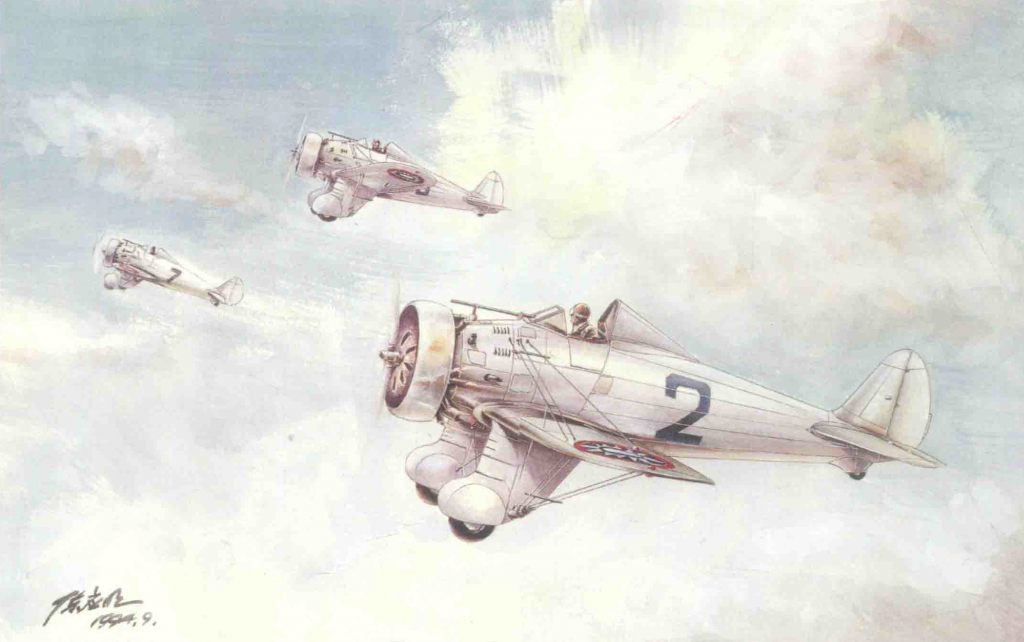
The Boeing Model 281 was the export variant of the famous Boeing P-26A Peashooter fighter aircraft, the United States Army Air Corps’ first all-metal monoplane fighter and the last of its kind to employ an open-cockpit fixed landing gear configuration. Shortly after the P-26 entered service with the United States in December of 1933, the Boeing Company was authorized by the Air Corps to advertise and export the P-26 in the overseas market as the “Model 281”. To adhere to the regulations set by the Handbook of Instructions to Airplane Designers (HIAD) for export aircraft, Model 281 Peashooters were stripped of their wireless radios and had some of the classified aircraft equipment replaced by simplified models. A total of twelve Model 281 fighters would be produced, with two serving as demonstrator aircraft. Ten Model 281 fighters would eventually be ordered by the Canton (Kwangtung / Guangdong) Provincial Government, and soon be integrated to the Kuomintang Nationalist air force in 1936.
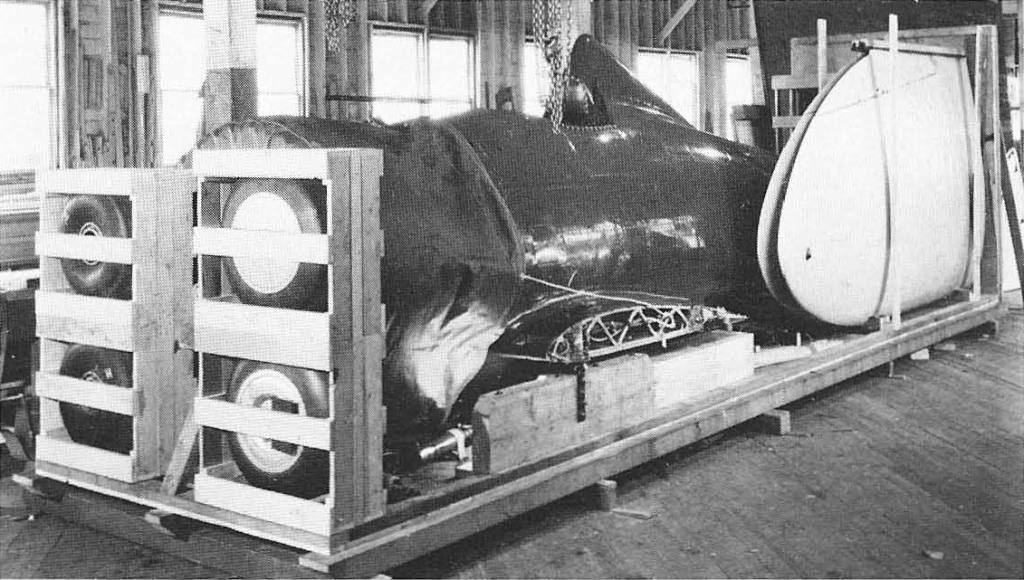
To advertise the Model 281, Boeing dispatched many of its salesmen abroad to promote the fighter. Wellwood Beall, a salesmen of Boeing, had piqued the interest of Chen Chi-tang (Chen Jitang / 陳濟棠), the chairman of the Canton Provincial Government and had arranged for a demonstration flight in Canton. On September 15th, 1934, the demonstrator Model 281 (s/n 12771) was disassembled for transport and dispatched to China along with company pilot E.R. Dorsey. Making a positive impression to Cantonese Provincial Air Force officials, an order for ten Model 281 fighters was placed. Boeing applied for an American export license in October, but this was not immediately approved due to difficulty obtaining an importation permit from the Chinese Kuomintang (Nationalist) Central Government. Interestingly enough, it appears that the money required for the purchase was substantially paid for by the Chinese community in America. Donation boxes were set up in front of Chinese restaurants across the United States, and they eventually were able to pay for the aircraft by 1935. It is worth noting that the majority of Chinese immigrants to America were originally from Southern China, which may explain the fundraising.
To further bolster sales, the demonstrator aircraft was ordered to Shanghai for demonstration flights to Kuomintang officials. Unfortunately, the Model 281 did not have as good of an impression on the Central Government as it did to the Cantonese Provincial Government. This was because of a fatal accident during the demonstration flight which resulted in the destruction of the aircraft and the death of its pilot, E.R. Dorsey. As a result, no orders were made by the Kuomintang central government. The Cantonese Model 281 fighters (c/n 1960, 1961, and 1965 to 1972) were shipped from Seattle to Shanghai on December 12th and arrived on January 5th of 1936. They were then transported via rail to the Shiukwan (Shaoguan) Aircraft Factory in Canton and assembled with the help of Boeing mechanic Nemo Poncetti, who also trained Chinese mechanics on maintaining the fighters. All ten fighters, once assembled, were delivered to the Cantonese Provincial Air Force’s 2nd Squadron based in Shoukouling (Shougouling / 瘦狗岭) Airfield serving alongside British-supplied Armstrong-Whitworth A.W. 16 fighters.

All ten Model 281 fighters that were delivered to the Cantonese had the factory-applied all-white livery with the roundel of the Cantonese Provincial Air Force (was essentially identical to the Central Chinese Air Force’s roundel except with a red outline on the edge) applied on the wing’s underside. However, most modern artwork depict the fighters as having a roundel on the wing’s top side as well. Each aircraft was also given a tactical marking consisting of a black digit on each side of the fuselage ranging from 1 to 10. Due to the all-white appearance of the fighters, the nickname of “White Eagle Squadron” (白鷹中隊) was given, and these planes were regarded as the the pride of the Cantonese Provincial Air Force.
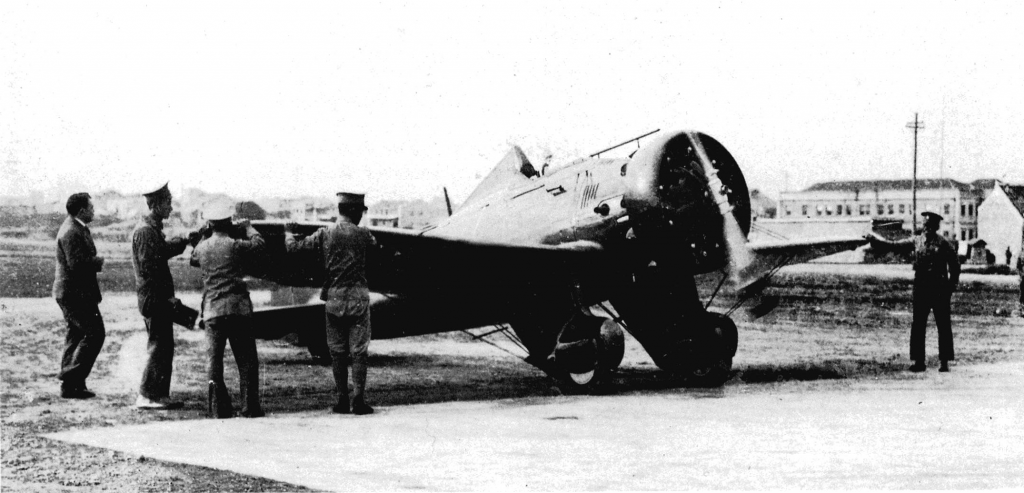
In 1936, tensions between Chen Chi-tang and Chiang Kai-shek escalated as a result of the death of one of Sun Yat-sen’s original revolutionary associates Hu Hanmin (胡漢民) on May 12th. Hu’s death had created a difficult situation for the Cantonese Provincial Government. Hu had been a supporter of the Cantonese Provincial Government, and his reputation had prevented the Central Government’s complete takeover of the region. However, his death had potentially created an opportunity for Chiang to annex Canton. The fact that Chiang had moved a significant amount of tro ops near the Cantonese borders earlier in late 1935 did not help convince Chen otherwise. Furthermore, Chiang was often denounced by Chen for being too friendly with the Japanese and is incapable of taking action against them. Needless to say, anti-Chiang and anti-Japanese sentiment was at an all-time high in the Canton provinces. Though a civil war between Cantonese and Central Government forces seemed imminent, much of the Cantonese officials were against the idea of a civil war at a time where China should be united against the Japanese. As such, much of the Cantonese military officials and soldiers defected over to the Central Government. On July 7th, three of the Model 281 fighters defected over to the Central Government by flying to Nanchang, and then to Nanjing. This was accompanied by four Douglas O-2MC4 observation aircraft. Eleven days later, a mass defection of the Cantonese Provincial Air Force planned by their Chief of Air Force Huang Kuang-jui (Huang Guangrui / 黄光鋭) occurred. One hundred and thirty six pilots and crewmen took off from the Shoukouling airfield, but two officers were killed from a take-off mishap. Although the majority of the pilots had intended to defect to the Central Government, five aircraft (including a Model 281) flew to Hong Kong instead.
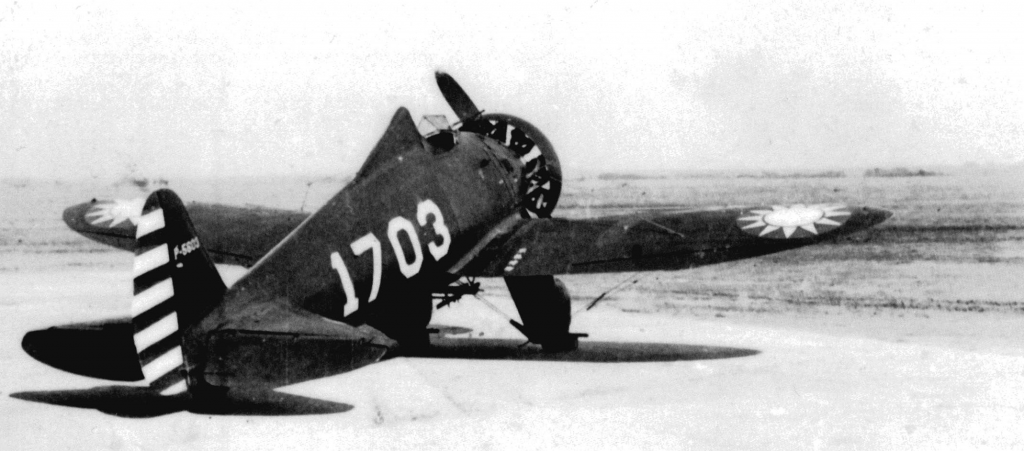
All ten Model 281 fighters eventually made it into the hands of the Central Air Force and organized into the 17th Squadron of the 3rd Air Group based in Chuying airfield near Nanking (Nanjing), the capital of the Republic of China. Under the Central Chinese Air Force, all ten Model 281 fighters were given a complete overhaul to their liveries. The once white airframes were painted over with the standard green / olive camouflage, utilized by the Central Government airforce. The roundels were also changed to that of the Central Chinese Air Force. The standard blue-and-white horizontal rudder stripes were also applied. The ten aircraft were given tactical new numbers from “1701” to “1710” painted on the fuselage sides in white paint. The serial numbers (ranging from “P-5601” to “P-5610”) were applied on the tail. Following the Marco Polo Bridge Incident on July 7th 1937, the Republic of China and Empire of Japan would enter into a state of war.
| Model 281 Pilot Roster on August 15th 1937 | ||
| Tactical Number | Serial Number | Assigned Pilot |
| 1701 | P-5601 | Huang P’ang-yang (Huang Panyang / 黄泮杨) |
| 1702 | P-5602 | Ch’in Chia-kuei (Qin Jiagui / 秦家桂) |
| 1703 | P-5603 | Huang “Buffalo” Hsin-jui (Huang Xinrui / 黄新瑞) |
| 1704 | P-5604 | Ma Kuo-lien (Ma Guolian / 马国廉) |
| 1705 | P-5605 | Chiang Ch’i-yen (Jiang Qiyan / 蒋其炎) |
| 1706 | P-5606 | Liu Lan-ch‘ing(Liu Lanqing / 刘兰清) |
| 1707 | P-5607 | Wang Tse-chan(Wang Zezhan / 王泽占) |
| 1708 | P-5608 | Hu Tso-lung (Hu Zuolong / 胡佐龙) |
| 1709 | P-5609 | T’an Ch’ang-shih (Tan Changshi / 谭昌士) |
| 1710 | P-5610 | Huang Tzu-chan (Huang Zizhan / 黄子沾) |
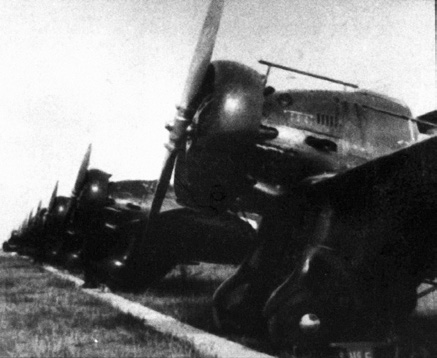
The outbreak of the Battle of Shanghai on August 13th called for all available Chinese fighter aircraft in the area to defend China’s airspace from Imperial Japanese Navy Air Service bombers. Aerial engagements on the 15th and 18th had resulted in the shootdown of at least two Mitsubishi G3M Rikko bombers. However, the most eventful engagement occurred on the 20th. Eight Model 281 fighters were scrambled to meet Japanese bombers, and successfully shot down six at the cost of Model 281 “1703” receiving minor damage. The plane was quickly repaired and reentered service the following day. On August 22nd over Wusong, two Japanese fighters were shot down but Model 281 “1702” piloted by Ch’in Chia-kuei (Qin Jiagui / 秦家桂) also perished as a result. The next major engagement involving Model 281 fighters occured on September 19th. Five Model 281 fighters were scrambled to meet eight Japanese Nakajima E8N floatplanes over Chuying. Model 281 “1701” flown by Liu Lan-ch‘ing(Liu Lanqing / 刘兰清) was shot down within minutes of entering the engagement with Liu successfully bailing. However, he was strafed to death by three of the E8N while descending. While trying to defend Liu, Huang “Buffalo” Hsin-jui (Huang Xinrui / 黄新瑞) flying Model 281 “1703” was shot down by a Mitsubishi A5M4 fighter supposedly flown by Petty Officer Second Class Harada belonging to the 13th Kokutai. This assumption was made because Harada claimed he shot a “Breda 27” fighter, which did resemble the Boeing Model 281 but was retired prior to the engagement. Still, Huang successfully bailed but received a wound to his left hand. With the loss of two Model 281 fighters, only one Japanese aircraft was shot down. Later that day, one more Model 281 (“1705”) piloted by Chiang Ch’i-yen (Jiang Qiyan / 蒋其炎) was shot down over Nanjing, but Chiang successfully bailed out with injuries.
The Model 281 fighters would engage in a few more minor skirmishes in September and October, fighting alongside Chinese Fiat CR.32 and Hawk II fighters. They scored a few more victories at the cost of Model 281 “1707” being forced down on October 12th. Although relatively effective against Japanese aircraft, the Model 281 were unfortunately too little in numbers to make a game-changing difference in China’s aerial battles. In addition, the lack of spare parts for maintenance took a large toll on the fighters’ effectiveness. By the end of 1937, all remaining Model 281 fighters had been retired as none were airworthy anymore, thus ending the Peashooter’s venture in China.
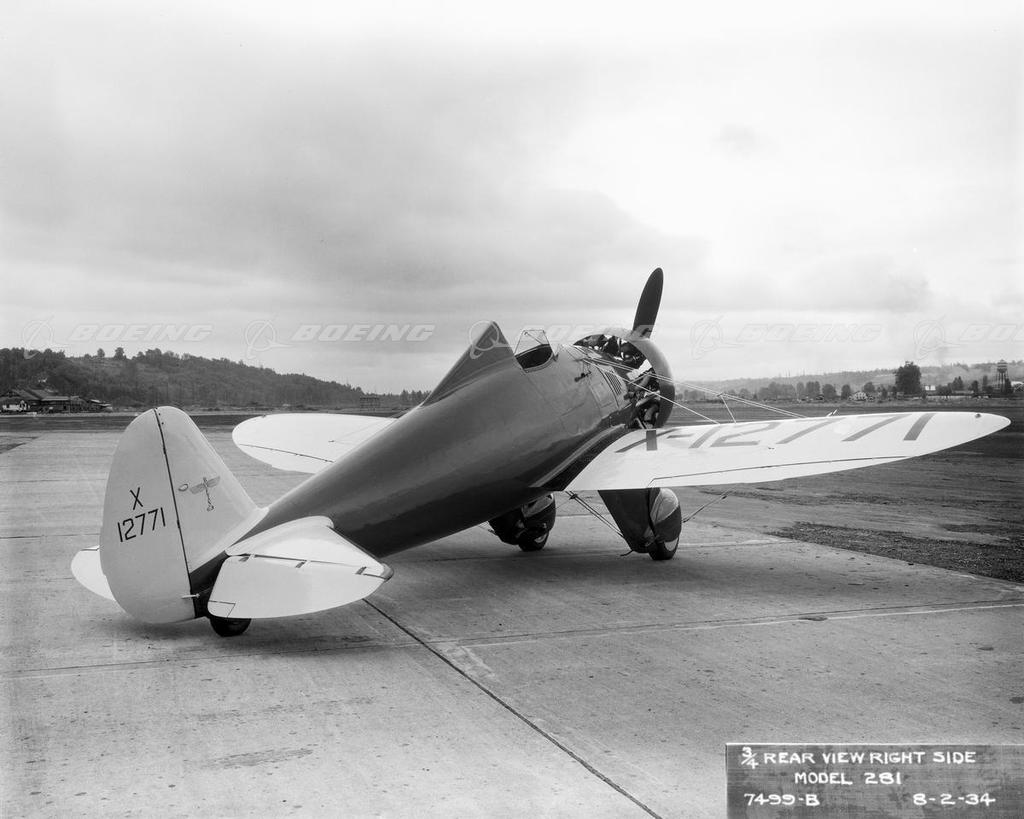
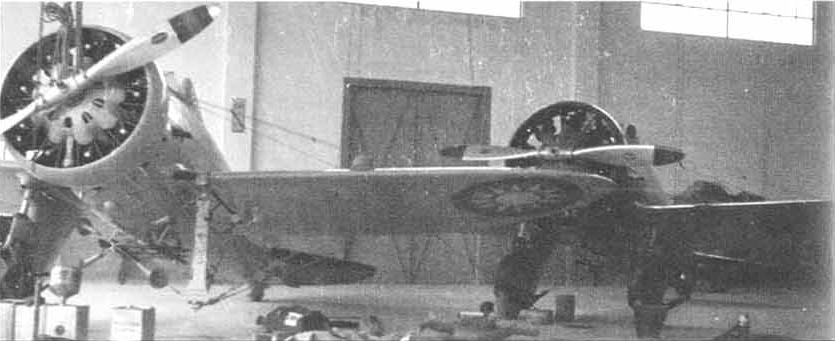
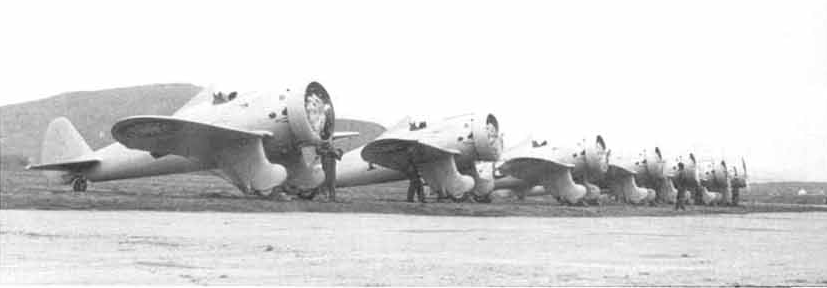

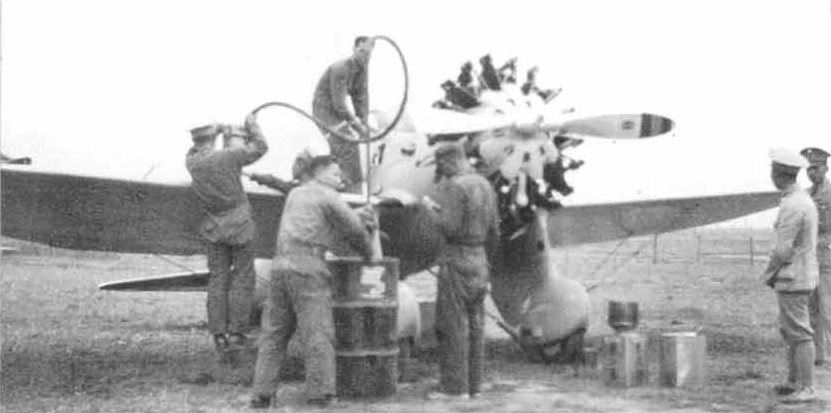
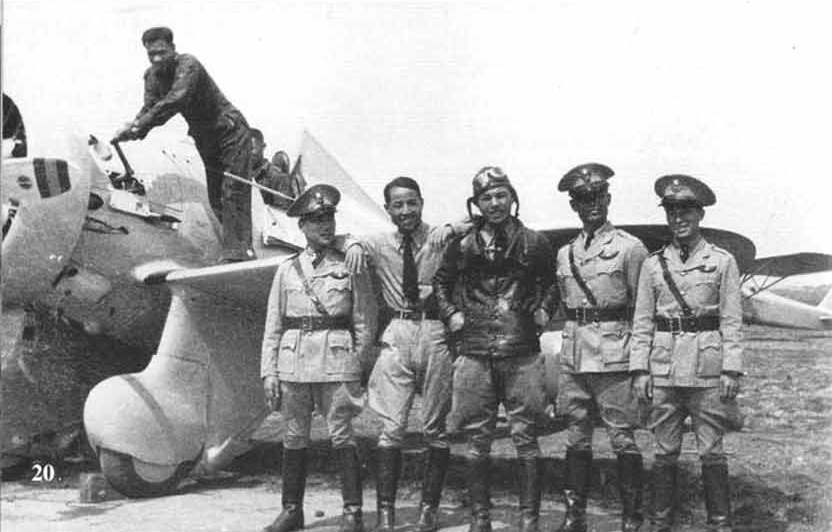
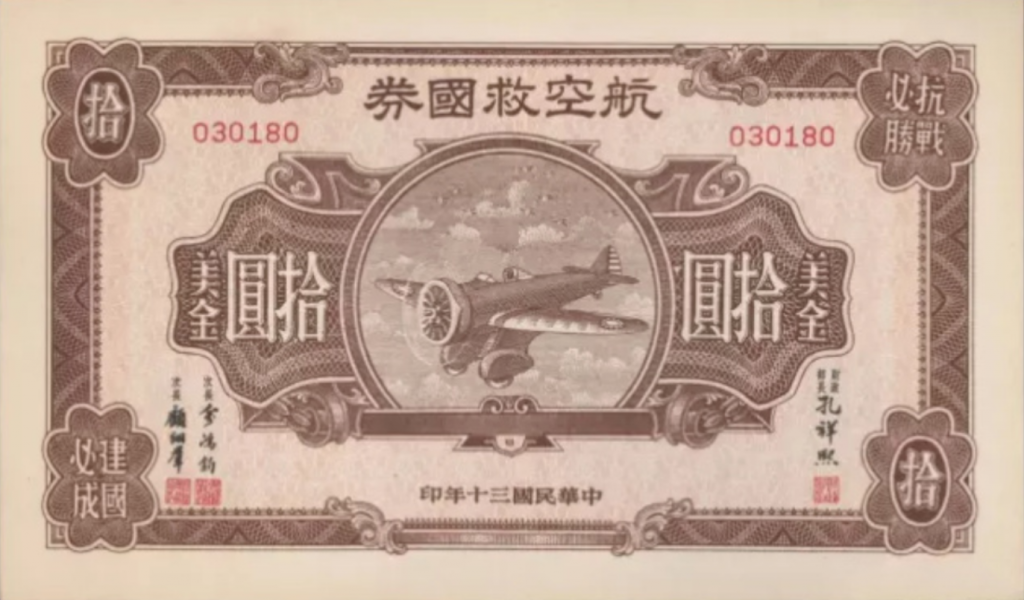


This has been the most infomative article on the Chinese P-26 Model 281 “Peashooters” yet on the ‘net; TYVM! Here are some new articles regarding the Chinese Air Force on Wikipedia; some of which may be against standards of the “Wiki-Police” and related think tank operatives… hopefully we can have knowledgeable and non-ulterior-motivated (anti-Asian) air-combat history buffs and enthusiasts contribute and keep them from erasing this important part of modern combat history from the encyclopedia: https://en.wikipedia.org/wiki/John_Wong_Pan-yang – https://en.wikipedia.org/wiki/Jurong_airfield –
https://en.wikipedia.org/wiki/John_Huang_Xinrui –
https://en.wikipedia.org/wiki/Zheng_Shaoyu – https://en.wikipedia.org/wiki/Cen_Zeliu – the new and improved “Battle of Chongqing” (Bombing of Chongqing) with accounts of actual air battles and other details that until recently, were deliberately erased or left out: https://en.wikipedia.org/wiki/Bombing_of_Chongqing
Thanks Mr. Liu for your kind words!
I once tried to edit Wikipedia before, but my edits have been reverted by some very stubborn Wikipedia veterans. I have sourced all my claims but they keep reverting my edits. Hence, I gave up on trying to help Wikipedia by starting my own site.